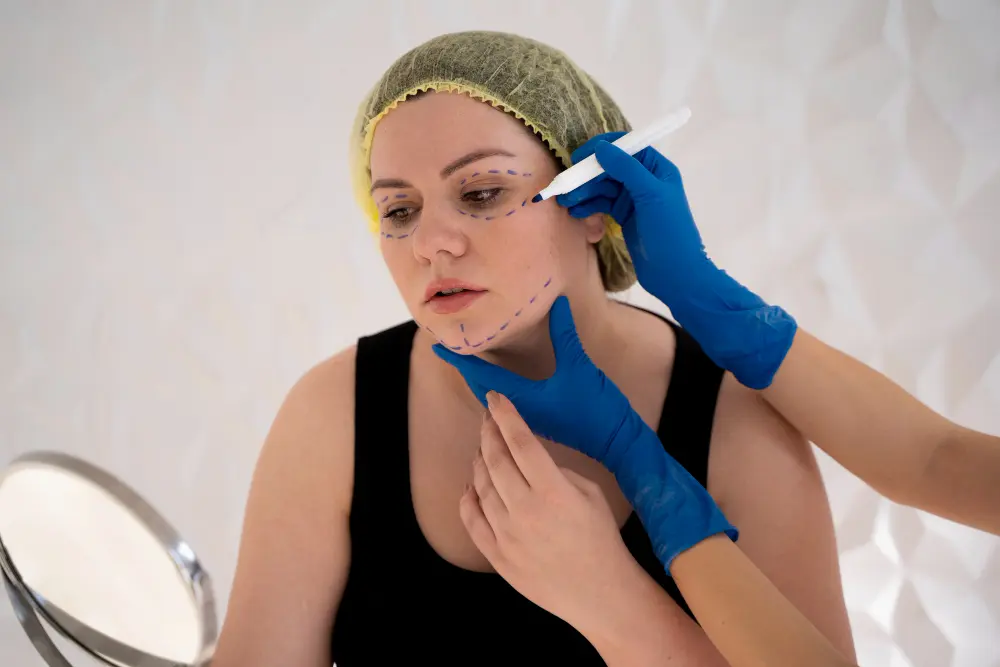In the realm of aesthetic medicine, innovations are constantly pushing the boundaries of what’s possible for skin rejuvenation. Among the most exciting breakthroughs is exosome therapy, a revolutionary regenerative treatment that harnesses the body’s natural communication systems to repair, rejuvenate, and revitalize the skin.
What Are Exosomes?
Exosomes are tiny, nano-sized vesicles (30–150 nm) released by cells, particularly stem cells, to communicate with other cells. Think of them as the body’s own biological messengers. They carry a potent mix of growth factors, proteins, lipids, mRNA, and microRNA, which influence the behavior of other cells—triggering healing, reducing inflammation, and stimulating tissue repair.
In aesthetic treatments, exosomes are derived from carefully cultured stem cells—usually mesenchymal stem cells (MSCs)—and are purified for therapeutic use. Unlike stem cell therapy, exosome treatments contain no cells, which reduces the risk of immune rejection or complications.
How Do Exosomes Work in Aesthetic Medicine?
When applied to the skin—typically through microneedling, laser therapy, or injection—exosomes penetrate deep into the dermis and begin to stimulate skin regeneration at a cellular level. Their key actions include:
• Boosting collagen and elastin production
• Enhancing skin hydration and texture
• Reducing inflammation and redness
• Improving pigmentation and evening out skin tone
• Accelerating wound healing and post-procedure recovery

Benefits of Exosome Therapy
Exosome treatments are gaining popularity for several reasons:
• Non-invasive and safe: Since exosomes are cell-free, there’s no risk of tumor formation or rejection.
• Minimal downtime: Often combined with microneedling or lasers, exosomes speed up healing and reduce post-procedure redness and swelling.
• Visible results: Patients often report brighter, firmer, and more youthful skin within a few weeks, with continued improvement over time.
• Suitable for all skin types: Whether you’re addressing early signs of aging, acne scars, or dull, uneven skin, exosomes can be tailored to your skin’s needs.

What to Expect During Treatment
The procedure typically involves one of the following:
• Microneedling with exosomes: Tiny channels are created in the skin, allowing the exosomes to penetrate deeply.
• Laser therapy followed by exosome application: This boosts healing and enhances results.
• Direct injection: Less common, but effective for localized issues like scarring.
The treatment is relatively quick (about 30–45 minutes), with little to no downtime. Most patients can return to their normal activities the next day, although some redness or sensitivity may persist briefly.
Who Can Benefit?
Exosome therapy is ideal for individuals who want to:
• Improve skin quality and radiance
• Reduce fine lines, wrinkles, and sagging
• Heal acne scars or sun damage
• Rejuvenate tired or aging skin
• Enhance recovery after laser or microneedling treatments
It is also being explored in hair restoration, with promising results in stimulating dormant follicles and increasing hair density.
The Science is Evolving
While exosome therapy is still considered a novel treatment, early clinical research and anecdotal results are promising. As studies continue, the understanding of dosage, application methods, and long-term benefits will become clearer. However, it is essential to receive exosome treatments only from reputable clinics using FDA-compliant, high-quality products.
Final Thoughts
Exosome therapy represents a new frontier in regenerative aesthetics—merging the fields of biotechnology and cosmetic medicine to offer truly transformative skin treatments. If you’re seeking a non-invasive, scientifically advanced way to rejuvenate your skin, exosomes may be the next big step in your aesthetic journey.
⸻
Disclaimer: As with any medical or cosmetic procedure, consult with a licensed and experienced practitioner to determine if exosome therapy is appropriate for you.


